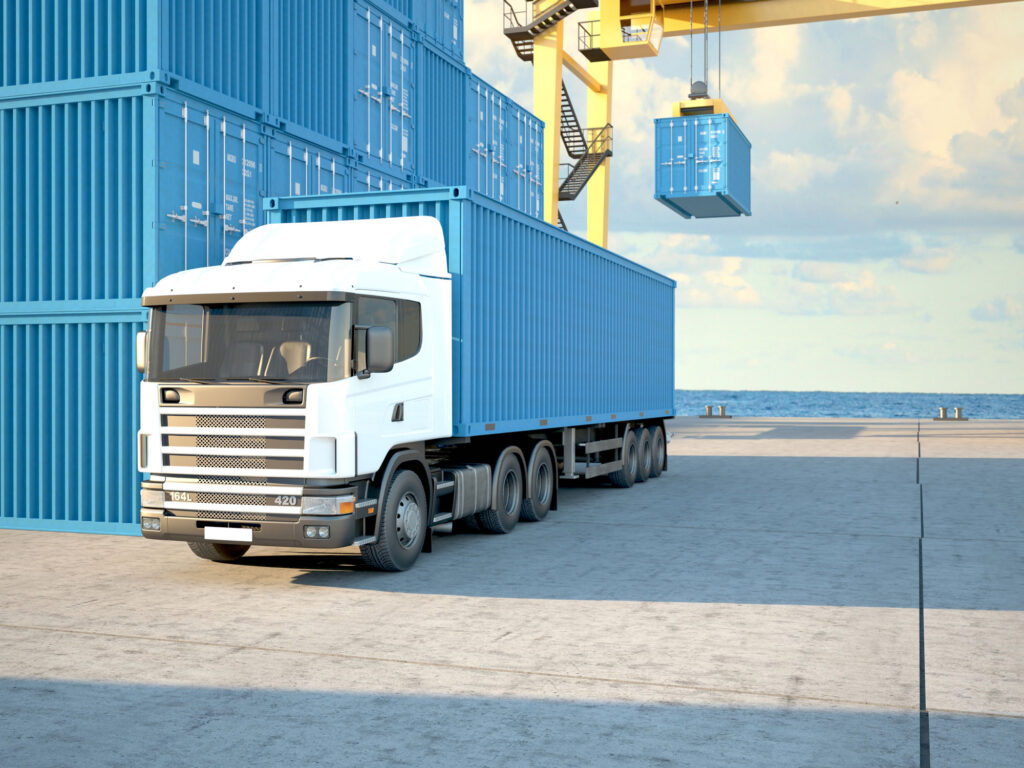Automation is revolutionizing the haulage industry, fundamentally altering the role of drivers and transforming traditional logistics operations. As technological advancements surge, the integration of automation in transportation is becoming increasingly prevalent, influencing everything from delivery processes to fleet management. One of the most significant changes is the development of autonomous vehicles, which are designed to operate without human intervention. These self-driving trucks are equipped with sophisticated sensors, cameras, and artificial intelligence AI systems that enable them to navigate roads, detect obstacles, and make real-time decisions. As this technology matures, the demand for human drivers may shift from operating vehicles to managing and overseeing automated systems, leading to a fundamental redefinition of what it means to be a driver. In many cases, automation enhances the efficiency of haulage operations. For instance, automated systems can optimize route planning, ensuring that deliveries are made using the most efficient paths, thereby reducing fuel consumption and operational costs.
This ability not only benefits the companies financially but also contributes to a reduced carbon footprint, aligning with increasing sustainability goals in the logistics sector. Additionally, with the automation of mundane and repetitive tasks, drivers may find themselves freed from long hours spent behind the wheel. Instead, they can focus on higher-value roles, such as logistics coordination and customer service, which require human judgment and interpersonal skills. Furthermore, automation brings about enhanced safety measures in the haulage industry. Autonomous vehicles are equipped with advanced safety features that can significantly reduce the likelihood of accidents caused by human error, such as fatigue or distraction. As the technology evolves, the regulatory landscape will likely adapt to support the integration of automated vehicles on public roads, establishing guidelines and safety protocols. In this context, the role of drivers may pivot toward safety monitoring and system troubleshooting, where their expertise becomes crucial in ensuring the smooth operation of automated fleets.
However, the rise of automation also raises concerns about job displacement within the haulage in Birmingham industry. While automation may reduce the demand for traditional driving roles, it simultaneously creates new job opportunities in technology management, maintenance, and data analysis. As logistics companies invest in automation, there will be a growing need for skilled workers who can manage these complex systems. The industry may require a workforce that is not only adept at driving but also proficient in technology, capable of leveraging data to optimize operations and improve service delivery. Moreover, the transition toward automation is likely to occur gradually, allowing time for the workforce to adapt. Training programs will become essential to equip existing drivers with the necessary skills to thrive in an automated environment. By embracing continuous learning and development, drivers can transition into roles that focus on overseeing automated processes, managing logistics operations, or even working in research and development for future technologies. In summary, automation is significantly reshaping the role of drivers in the haulage industry.


